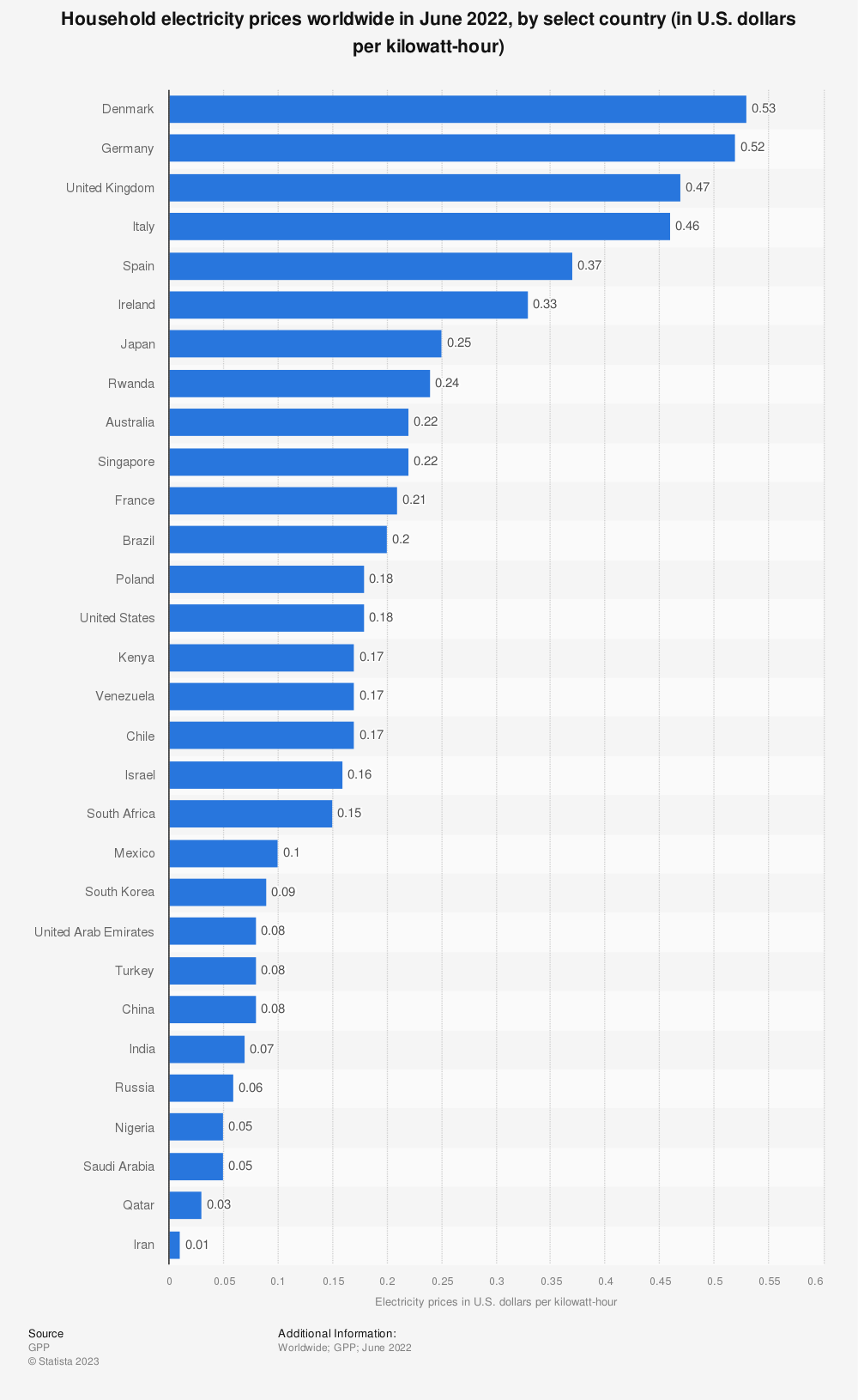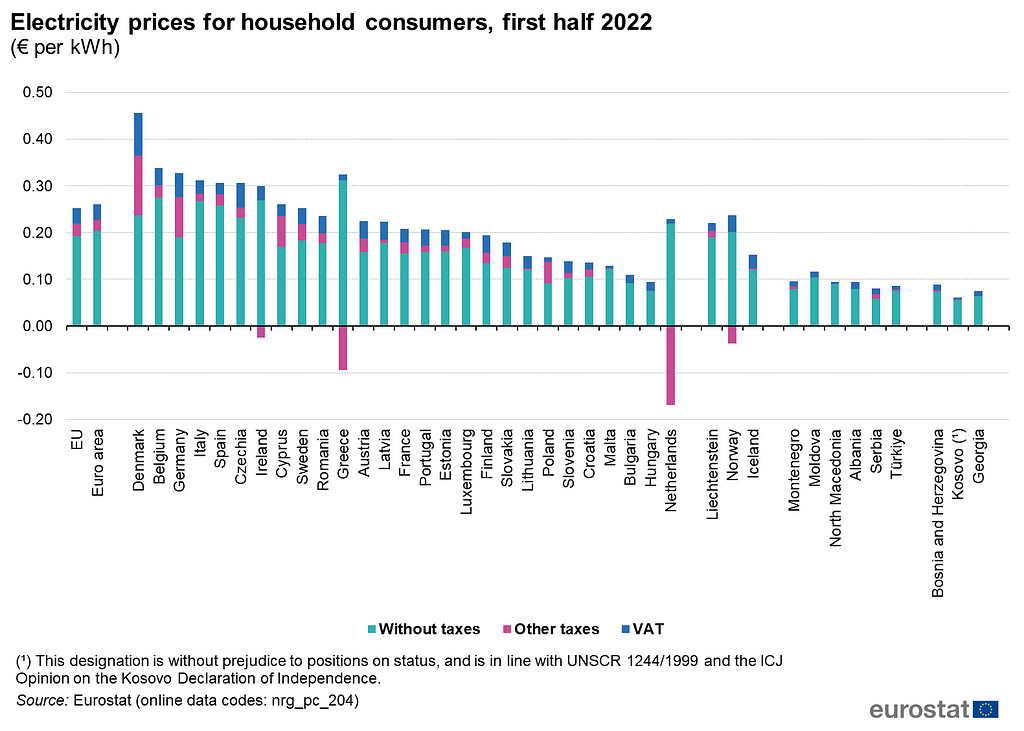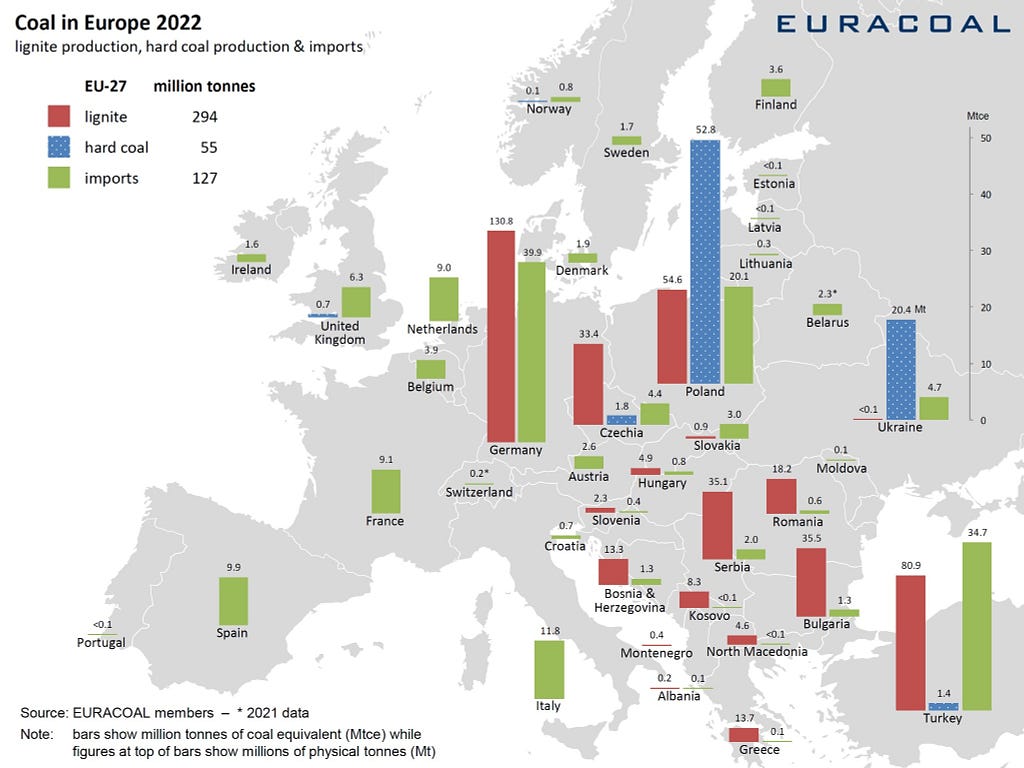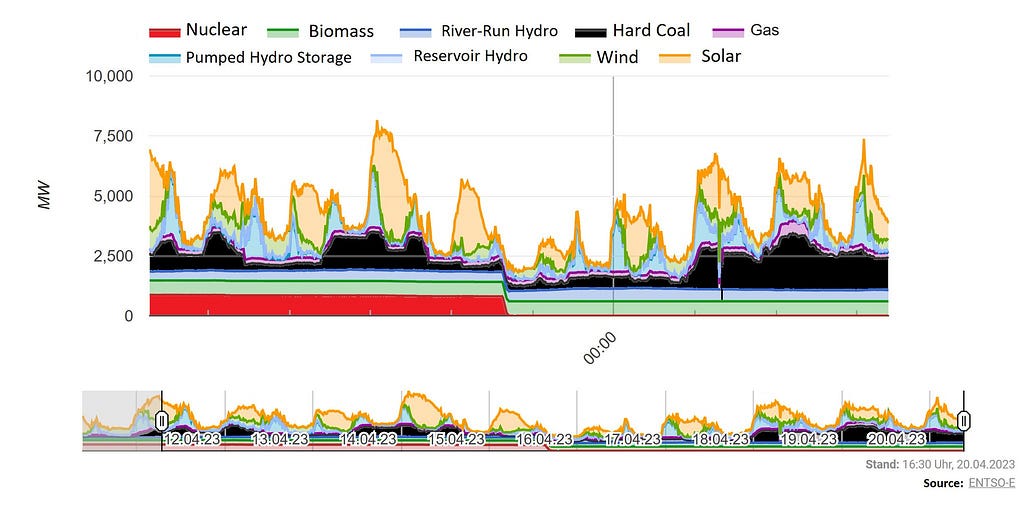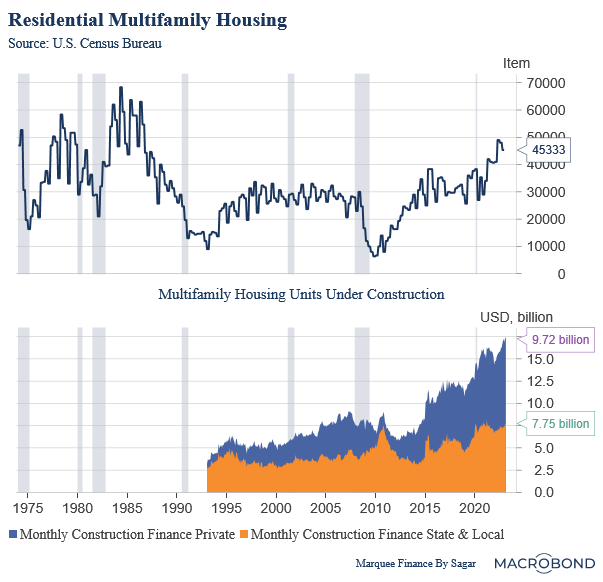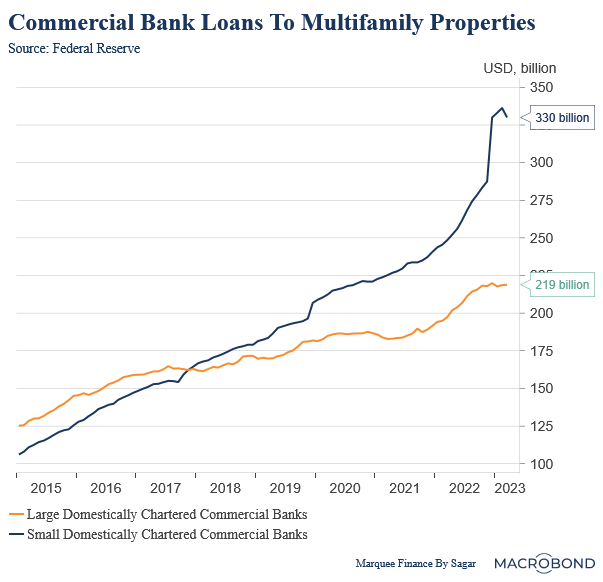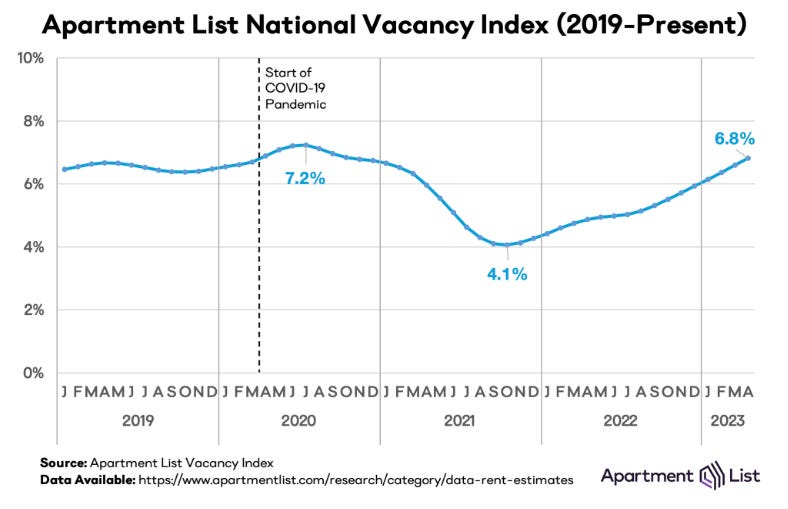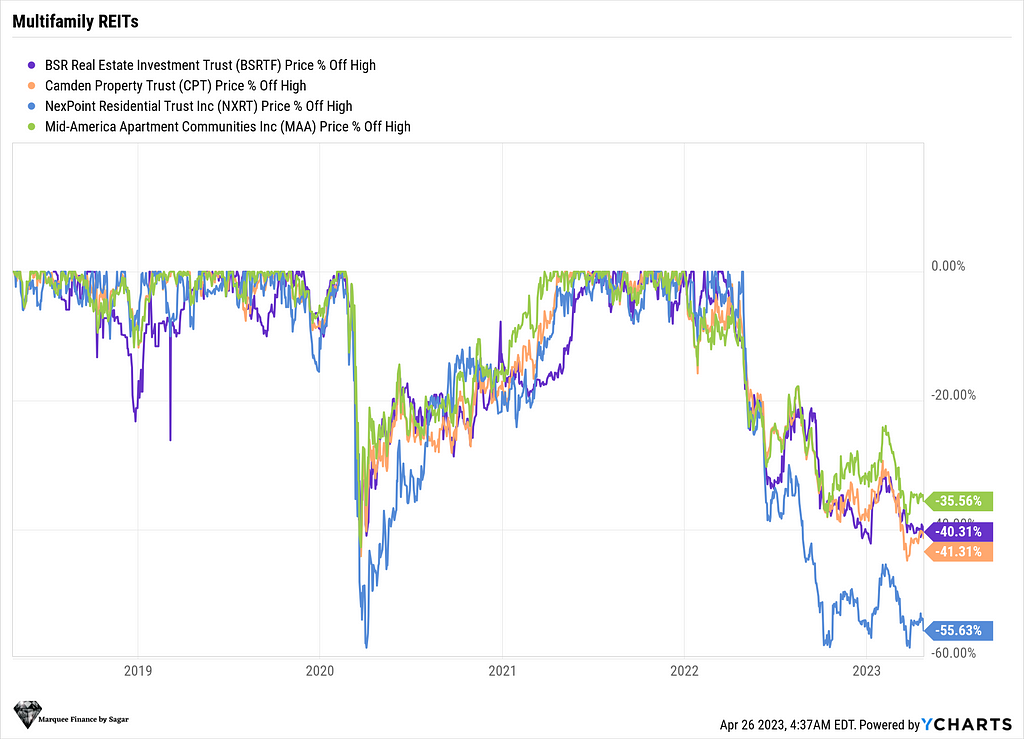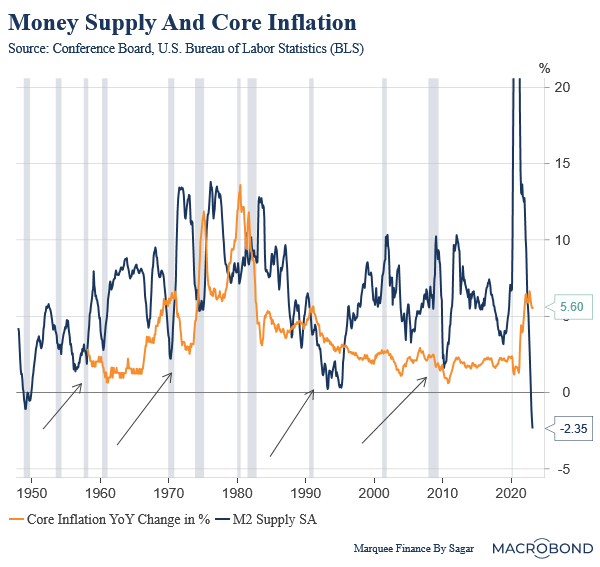Ashes to Ashes, Dust to Dust!
“Deception is one of the quickest ways to gain little things and lose big things”- Thomas Sowell.
Religious ideologies clash across the spectrum as cultures across the world maintain their traditions depending on the geography one resides.
Scrolling back the history books, the one standard ritual among our ancestors in Rome, Egypt, Mongolia or India was that they sacredly worshipped the nature Gods. They were thoughtful of the fact that there is no life without the fundamental ingredients of sun, air, land and water.
Hence, the concept of “Ashes to Ashes, Dust to Dust” was born. The phrase refers to the truth that humans are born from dust (Our bodily elements: hydrogen, carbon, calcium, etc., are similar to stars), and one day, eventually, every human turns to ashes confined in the lap of mother earth (same elements to start with).
You will be wondering why there is a change of topic today!
Well, folks, among all the macro chaos since the SVB fallout, we ignored the silent disaster that Europe’s second-largest economy underwent.
Today, we will cover Germany’s shocking decision, the canary in the coal mine, and the economic data.
Let’s dig in!
The Energiewende Stupidity!
Germany embarked on an ambitious, grandiose plan in 2010 titled: “Energiewende” to transition their economy from coal and nuclear to a low-carbon and environmentally friendly renewable energy.
The target was to reduce emissions drastically while providing households and corporations with an adequate “affordable” energy supply.
Nevertheless, it has been termed as preposterous and a catastrophic failure by some of the market participants for the reasons listed below:
- Energiewende resulted in a drastic upsurge in the cost of electricity for households. In fact, many people are unaware, but Germany, along with several other European nations, pays one of the highest prices for electricity in the whole “world”.
NOTE: Since the prices are from June 2022, these don’t capture the price gains post the energy crisis of 2022.
Well, if you are surprised, then you will be utterly dumbfounded to know that taxes and fees account for more than 30–40% of the total electricity price in Germany. The supposedly high taxes and fees originate from the imposition of Energiewende to support the renewables projects.
Thus, it’s mind-boggling that households in the industrial powerhouse of Europe pay, on average, 41% more than the Euro Area to sustain the green transition, which is going nowhere.
- When I said that the green transition is going “nowhere”, I meant that the “Energiewende” has done more harm than good for Germany. You will be astounded to know that after the closures of the last three nuclear power plants a fortnight ago, Germany has dramatically increased its electricity imports.
No money for guessing; these imports are from coal-fired plants or nuclear power plants from the neighbouring European countries.
- Furthermore, Germany was the biggest coal importer last year as the closed coal-fired plants were reopened to meet the energy needs post the Russian weaponisation of natural gas.
One of the most significant impediments to the “Energiewende” implementation will be the unreliability of renewable energy sources. It has been time and fact proven that the elevated volatility in the production of wind and solar power can cause havoc with the grid stability (transmission grid).
As a result, a 100% transition to renewables, especially without nuclear power, is unviable. In fact, as Germany closed its nuclear plants, the void was filled by the “dirty” coal power (see the black area post the end of red) instead of the “clean energy”.
Lastly, “Energiwende” stupidity cost is undoubtedly borne by none other than the consumers.
It’s an eye-opener for everyone who envisions a 100% transition to green energy.The naked truth is that our world is addicted to fossil fuels and can’t live without them.
Here is the cost for you:
The message is clear:
Blindly following green energy policies with complete disregard for cheap nuclear and even coal-based power plants will lead to disastrous consequences. As always, the consumers will be the biggest sufferer.
Canary In The Coal Mine: The Multifamily Housing?
Since I wrote The Big Short 2.0, I have gotten numerous responses all over social media enquiring about how one can profit from shorting the private markets. Well, as of now, it’s impossible to short the opaque private markets, but I am getting some signals about another asset class which some people have not shed light on.
The multi-family housing has witnessed an unprecedented boom since covid. You will be stunned to know that the activity is the highest since the 1980s.
Furthermore, a lot of institutional money has gone into the space in the last few years as institutions took advantage of the chronic housing shortage in the USA.
As we can see, the private sector does a large part of the financing, and the private sector’s share has increased dramatically post-2015.
As the commercial banks were flush with deposits post-in 2021, a large part of the construction finance was undertaken by the small commercial banks.
The extremely low-interest rate environment meant that borrowing and building apartments were one of the most profitable businesses out there.
Nevertheless, large banks were prudent and saw a modest increase. The sordid state of affairs at smaller banks is because, as the deposits Tsunami hit the smaller banks post covid, they extended credit to some of the risky sectors of the economy.
As the construction costs have jumped enormously post the war, and the financing dried up post the Fed’s tightening cycle, multifamily housing permits have plunged. As a result, the units under construction should fall in the next 6–8 months.
Some market participants believe that multifamily housing in the Northern part of the USA is vulnerable to oversupply and can see rising delinquencies which may lead to increased loan losses for banks (majorly small).
We are already witnessing rising vacancy rates across the country which may intensify going forward as the completions transpire this year.
Akin to the Commercial office space, the maximum pain will be felt next year or in 2025 in the Multifamily RE sector.
Nonetheless, some of the largest multifamily REITs have already undergone a 35–50% drawdown.
Undoubtedly, some sectors (Office CRE and Residential Multifamily RE) in the US economy remain fragile, and the smaller banks will feel the domino effect in the coming two years.
Economic Data Release!
Let’s now focus on some of the data released this week.
Initial signs are emerging that stagflationary pressures are building in the US economy.
While inflation, as measured by the Core PCE QoQ, surprised on the upside, the GDP came in lower than expected (we can’t ignore the impact of the SVB fallout, which impacted consumption in March), and employment numbers were beat.
Though market participants believe that the Core-Ex Housing remains sticky, however, the data from the past indicates that a fall in money supply (M2) is succeeded by a fall in inflation.
It is debatable whether it will be a temporary blip in inflation or a sustained downtrend to 2%.
As a result, I remain bullish on bonds unless we get some ghastly surprise on the geopolitical front. The headline inflation will come down to 3–3.5% in the next 3–4 months, and the Super Core should also start to moderate.
PS: The multifamily development we discussed is a tailwind for lower rents and, thus, will ease inflationary pressures.
Conclusion!
The dream of an uninterrupted affordable electricity supply from 100% renewables is a fantasy that German politicians have sold to their citizens.
In fact, they have deceived the entire generation, and unfortunately, the German citizens are paying the price of the political leaders’ stupidity and short-sightedness.
It’s still time to correct their grave mistake as nuclear power plants can be reopened and the reliance on electricity imports is reduced.
Secondly, Multifamily housing in select locations across the US (especially North) remains a concern, and the REIT prices indicate the looming mess.
Inflation is on a downward trajectory and is likely to plunge to around 3% as multiple factors, including the base effect and the M2 contraction, weigh heavily.
Nevertheless, exogenous shocks can lead to a resurgence in the second half, leading to a sure-shot stagflation.
Ashes to Ashes, Dust to Dust! was originally published in DataDrivenInvestor on Medium, where people are continuing the conversation by highlighting and responding to this story.
Disclaimer: Investing carries risk. This is not financial advice. The above content should not be regarded as an offer, recommendation, or solicitation on acquiring or disposing of any financial products, any associated discussions, comments, or posts by author or other users should not be considered as such either. It is solely for general information purpose only, which does not consider your own investment objectives, financial situations or needs. TTM assumes no responsibility or warranty for the accuracy and completeness of the information, investors should do their own research and may seek professional advice before investing.
- AnthonyC·2023-05-02Thanks for sharingLikeReport
- Wenyin·2023-05-02KLikeReport
- yeyeyee·2023-05-02kLikeReport
- kyz·2023-05-02okLikeReport
- yuki 99101·2023-05-02lLikeReport
- KOKHWA·2023-05-02kLikeReport
- WKB·2023-05-02OkLikeReport
- aozora·2023-05-02YesLikeReport
- enforcer·2023-05-02okLikeReport
- Alvin1975·2023-05-02ULikeReport


